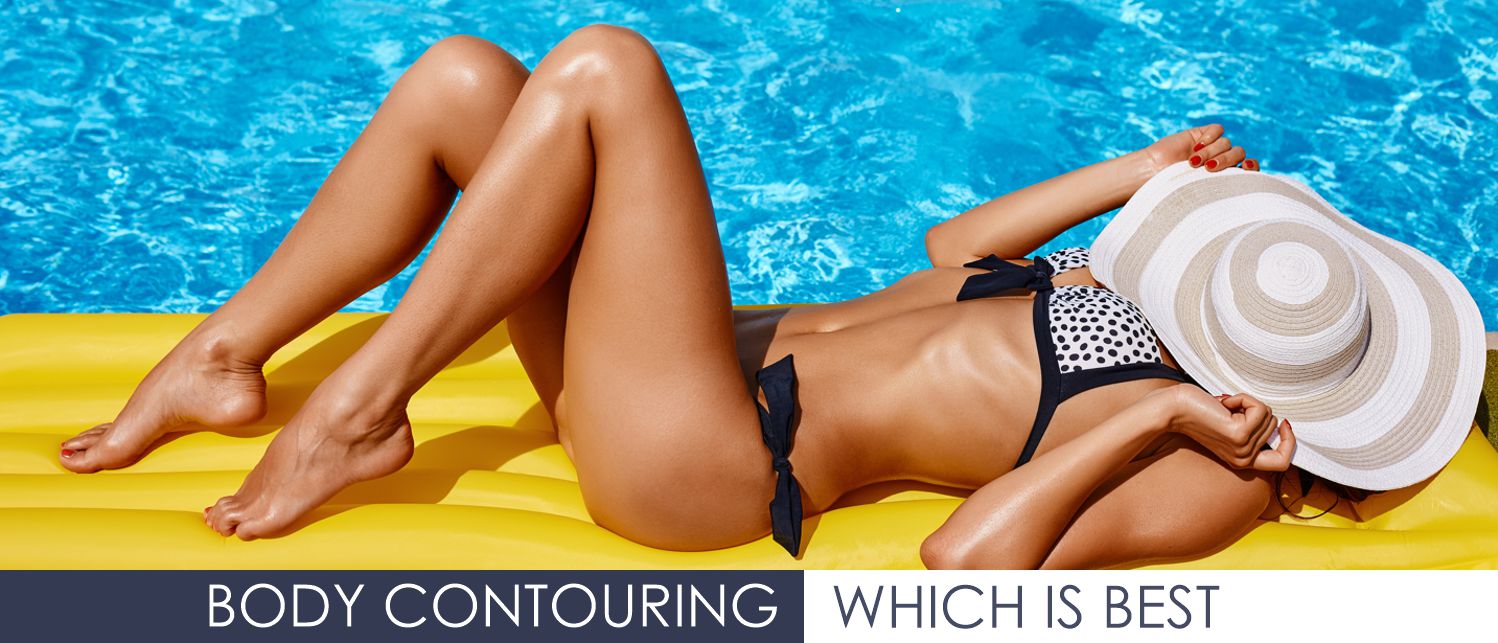3D LIPO LONDON

Which Body Contouring is Best? Complete Comparison Guide
10th Ferbuary 2025
Selecting the most effective body contouring treatment requires careful comparison of available options. This comprehensive guide analyzes different body contouring methods to help determine the best choice for individual needs and goals.
Comparing Body Contouring Methods
Modern body contouring technology encompasses two main categories: non-invasive and surgical approaches. Non-invasive options include radiofrequency treatments, ultrasound procedures, cryolipolysis sessions, laser systems, and pressure technology. These treatments offer varying degrees of effectiveness for fat reduction, skin tightening, muscle toning, and overall body sculpting.
Surgical approaches include traditional liposuction, power-assisted methods, laser-assisted techniques, ultrasound-enhanced procedures, and combined treatments. These options typically provide more dramatic results but require longer recovery periods and higher investment.
Non-Surgical Options Analysis
Radiofrequency (RF) treatments represent a popular non-invasive option, with sessions costing between £150-£300. A typical course requires 6-8 sessions over 2-3 months, with maintenance recommended every 6-12 months. RF treatments show moderate fat reduction capabilities but excel in skin tightening, achieving high effectiveness with good comfort levels and medium result stability. Client satisfaction rates average 85% for this treatment method.
Ultrasound technology offers another effective non-surgical approach, with sessions priced at £200-£400. Most clients require 4-6 sessions over 2-4 months, with annual maintenance recommended. This technology demonstrates high fat reduction capabilities with moderate skin tightening effects. Comfort levels and result stability remain good, with client satisfaction reaching 80%.
Cryolipolysis represents the most intensive non-surgical option, commanding £500-£800 per session. Most clients achieve desired results with 1-3 sessions over 2-4 months, rarely requiring maintenance treatments. Recovery typically spans 1-2 days. This method achieves very high fat reduction with excellent result stability, though skin tightening effects remain low. Client satisfaction rates reach 90%.
Surgical Options Analysis
Traditional liposuction involves a one-time procedure costing £3,000-£8,000, with results developing over 3-6 months and remaining permanent. Recovery requires 2-4 weeks. This method provides excellent fat removal with significant contour changes and high result quality. Long-term stability and a 92% satisfaction rate make this a reliable option for substantial body contouring.
Advanced surgical methods, priced between £4,000-£10,000, offer enhanced precision and results. These single-session procedures require similar recovery time to traditional liposuction but achieve superior fat removal and excellent contour changes. Result quality rates very high with long-term stability, earning a 94% satisfaction rate among clients.
Selection Criteria
Personal factors heavily influence treatment selection. Physical considerations include body type, fat distribution, skin condition, muscle tone, and overall health. Practical elements encompass time availability, budget constraints, recovery capacity, result expectations, and maintenance commitment.
Treatment factors extend beyond the procedure itself. Critical elements include effectiveness level, recovery requirements, cost investment, result timeline, and maintenance needs. Support components such as provider expertise, facility quality, available services, follow-up care, and long-term value significantly impact overall success.
Effectiveness Comparison
Fat reduction capabilities vary significantly between methods. Surgical approaches achieve 80-90% reduction, while cryolipolysis reaches 20-25%. Ultrasound methods reduce fat by 15-20%, RF treatments by 10-15%, and combined approaches by 30-40%.
Skin tightening shows different effectiveness patterns. RF leads with 30-40% improvement, followed by ultrasound at 20-30%. Surgical methods achieve 15-25% tightening, while cryolipolysis manages 5-10%. Combined treatments maximize results at 40-50% improvement.
Treatment Selection Process
The decision process requires systematic evaluation of goals, options, costs, time requirements, and risks. Selection factors prioritize desired results while considering budget constraints, time availability, recovery capacity, and maintenance ability.
Provider selection demands careful consideration of professional expertise, facility standards, equipment quality, support services, and result history. Service factors include treatment range, protocol design, support provision, follow-up care, and problem management capabilities.
Result Optimization
Success factors combine treatment elements with client components. Method selection, provider choice, protocol design, execution quality, and support provision form the foundation. Client factors include realistic expectations, treatment compliance, lifestyle support, follow-up attendance, and maintenance commitment.
Maintenance requirements differ between non-surgical and surgical options. Non-surgical care involves regular assessment, touch-up treatments, protocol adjustments, result monitoring, and plan modification. Surgical support focuses on recovery compliance, scar management, activity modification, weight stability, and long-term care.
Future Considerations
Technology advances continue enhancing treatment options through improved systems, better targeting, increased comfort, and optimized results. Treatment innovation focuses on combined approaches, refined protocols, enhanced application methods, and improved safety measures.
Industry development drives market growth through expanded technology access, service availability, quality standards, and professional training. Service evolution brings new treatment options, enhanced protocols, improved results, and greater value to clients.
Conclusion
The optimal body contouring treatment depends on personal goals, physical condition, time availability, budget range, and maintenance commitment. Success requires considering multiple factors, individual needs, provider quality, result expectations, and long-term value. Professional consultation ensures appropriate treatment selection.
For non-surgical treatments, cryolipolysis excels in fat reduction, while RF leads in skin tightening. Ultrasound provides balanced effects, and combined treatments offer comprehensive results. Surgical options range from traditional liposuction for significant fat removal to advanced methods for precise contouring, with combined procedures offering comprehensive transformation.
Individual requirements and professional guidance should ultimately guide treatment selection, ensuring optimal results and satisfaction.
Related Articles
TECHNOLOGY WE OFFER

FIND US IN LONDON
Opening Hours
Monday—Friday: 9:00AM–7:00PM
Saturday – 9:00AM–7:00PM
About Us
Welcome To 3D Lipo London Where We Specialize In Laser Hair Removal, In A Non-Invasive Way Achieving Great Result We Have Been Around A While Now, We Offer A Range Of Different Treatments such as LASER HAIR REMOVAL - 3D HYDRO2 FACIAL - POWER SCULPT - VASCULASE
Our Technology
Here At our London clinic We Use Ultimate 3DLipo Aesthetic Technology The Next Generation Multi-Technology Platform Containing The Latest Combination Of Advanced Technologies Designed To Offer A Complete And Prescriptive Approach To Non-Surgical Treatments.
